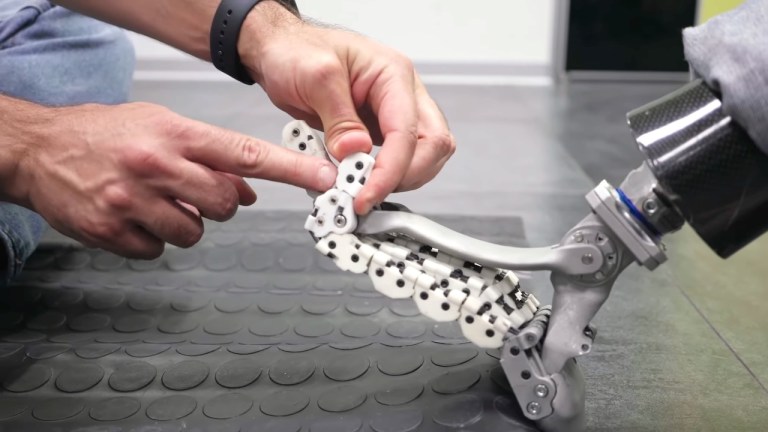Testing Out a Drone’s Obstacle Avoidance Recognition Using a One Way Game of Dodgeball
Researchers at the University of Zurich Department of Neuroinformatics played a unique one way game of dodgeball with a drone that was mounted with an event-based camera and flying above them in the lab. This unique test is part of their effort to understand how artificially intelligent machines respond to unstable environments. The team specifically examined how the obstacle event caused the drone to automatically increase its speed in order to engage object avoidance and locate a clutter-free field in which to fly.
In this work, we study the effects that perception latency has on the maximum speed a robot can reach to safely navigate through an unknown cluttered environment. We provide a general analysis that can serve as a baseline for future quantitative reasoning for design trade-offs in autonomous robot navigation. We consider the case where the robot is modeled as a linear second-order system with bounded input and navigates through static obstacles.
via Spectrum IEEE






